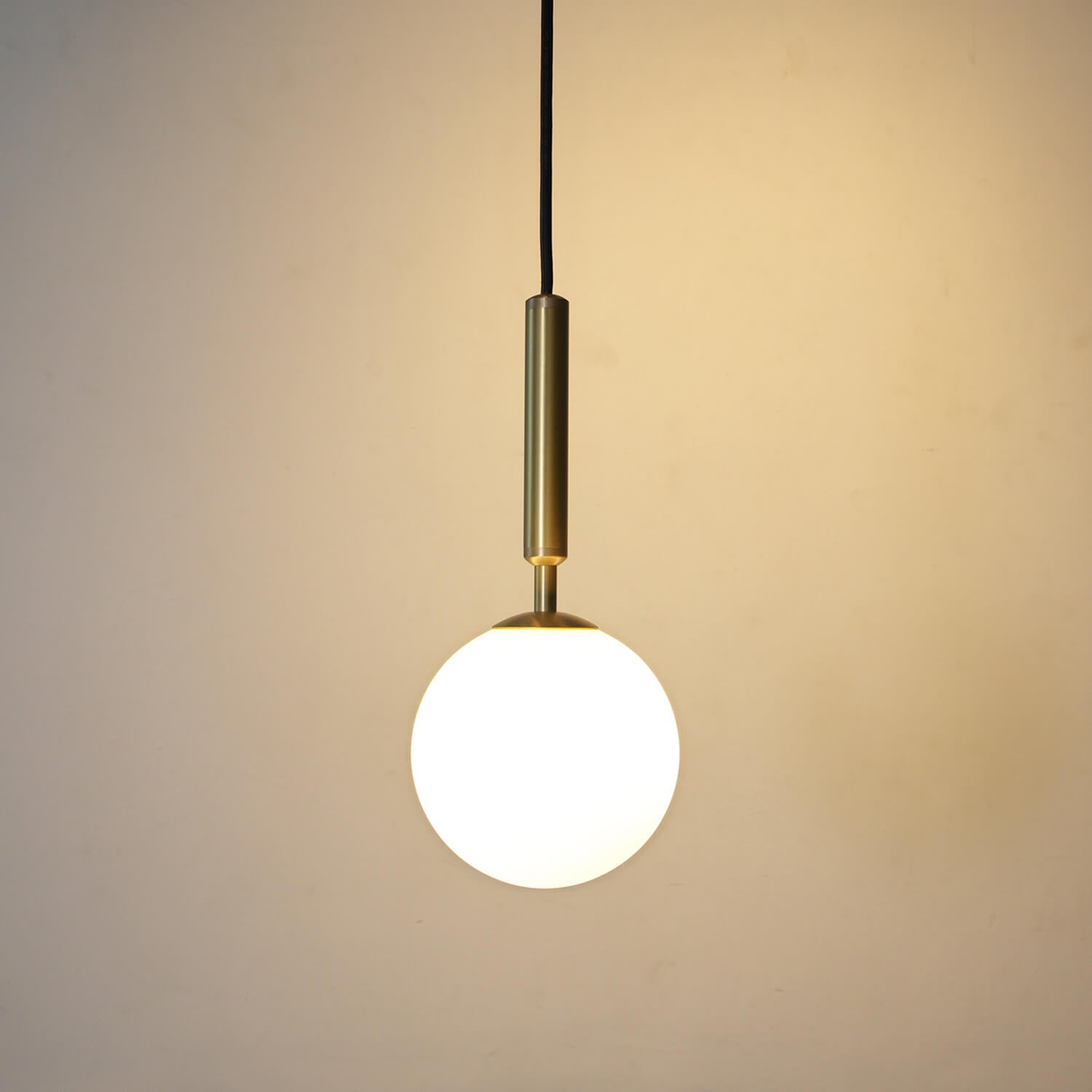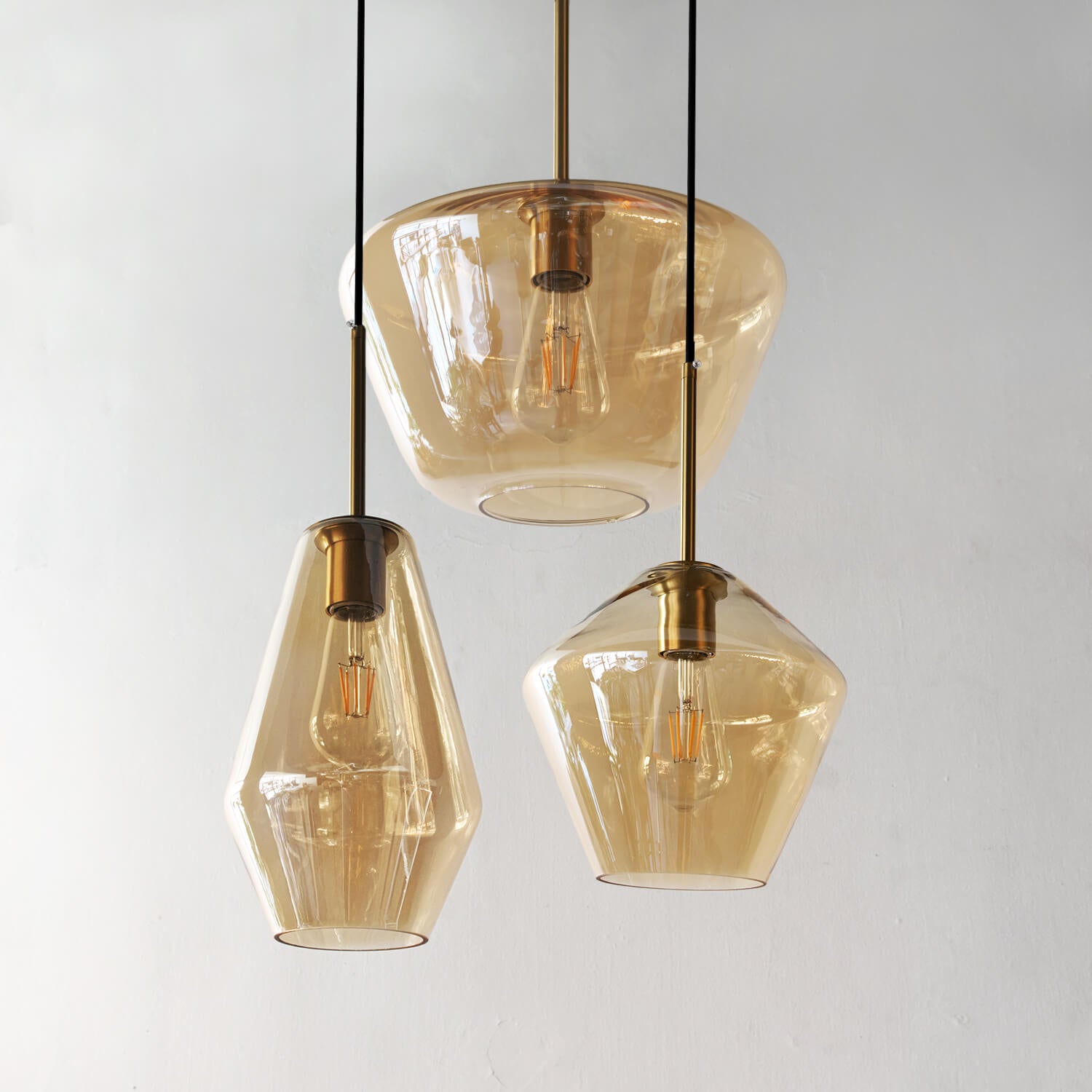Introduction
In a world that often emphasizes perfection and flawlessness, the concept of wabi sabi offers a fresh perspective. Originating from Japan, wabi sabi is an aesthetic that celebrates imperfection, transience, and simplicity. In recent years, this philosophy has been applied to interior design, resulting in wabi sabi spaces that embrace the beauty of raw materials, natural textures, and asymmetry.
The Principles of Wabi Sabi Space
At its core, wabi sabi space is about creating a harmonious environment that honors the impermanence of all things. This design style incorporates the following principles:
Asymmetry
Wabi sabi spaces embrace asymmetry and irregularity. Rather than focusing on perfectly balanced and symmetrical decor, wabi sabi designers embrace natural shapes, textures, and patterns that create a sense of organic beauty.
Raw Materials
Raw, natural materials such as wood, stone, and clay are often used in wabi sabi spaces. Rather than hiding the natural flaws of these materials, designers use them to add character and depth to the space.
Simplicity
Wabi sabi design is all about simplicity, minimalism, and understated elegance. These spaces often incorporate only the essentials and avoid clutter or excess.
Transience
The impermanence of all things is an important concept in wabi sabi design. This philosophy recognizes that everything is constantly changing, and embraces the beauty of things at different stages of their life cycles, whether they are new, aging, or even decaying.
Wabi Sabi Space in Practice
To create a wabi sabi space, designers employ various techniques and strategies that reflect the principles of this aesthetic. For example:
Using Natural Colors
Wabi sabi spaces often feature a color palette that is inspired by nature, such as muted tones of beige, grey, green, and brown. These colors help to create a calming and organic ambiance.
Embracing Imperfection
Rather than aiming for perfection, wabi sabi designers embrace the natural flaws and imperfections of materials such as wood, stone, and metal. This can mean allowing cracks, bumps, or scratches to be visible, which adds character and authenticity to the space.
Creating Texture
Texture is an essential element in wabi sabi spaces. Whether it’s a rough plaster wall, a hand-woven rug, or a worn leather sofa, these textures help to create a sense of warmth and depth.
Using Everyday Objects as Decor
Wabi sabi spaces often incorporate everyday objects such as pottery, baskets, and textiles as decor. This not only adds character and authenticity but also reflects the idea that beauty can be found in the simplicity of everyday life.
The Benefits of Wabi Sabi Space
Wabi sabi space has several benefits that make it a popular choice for many homeowners and designers:
Creating a Calming Environment
Wabi sabi spaces are known for their calming and tranquil environments. With a focus on simplicity and minimalism, these spaces help to create a sense of serenity and peace.
Enhancing Creativity
With its emphasis on asymmetry, raw materials, and natural textures, wabi sabi space is also known to inspire creativity. The organic nature of this aesthetic can help to spark new ideas and promote innovative thinking.
Embracing Sustainability
Wabi sabi design is all about appreciating the beauty of natural materials and allowing them to age and decay gracefully. This philosophy promotes sustainability by encouraging the use of eco-friendly materials and reducing waste.



